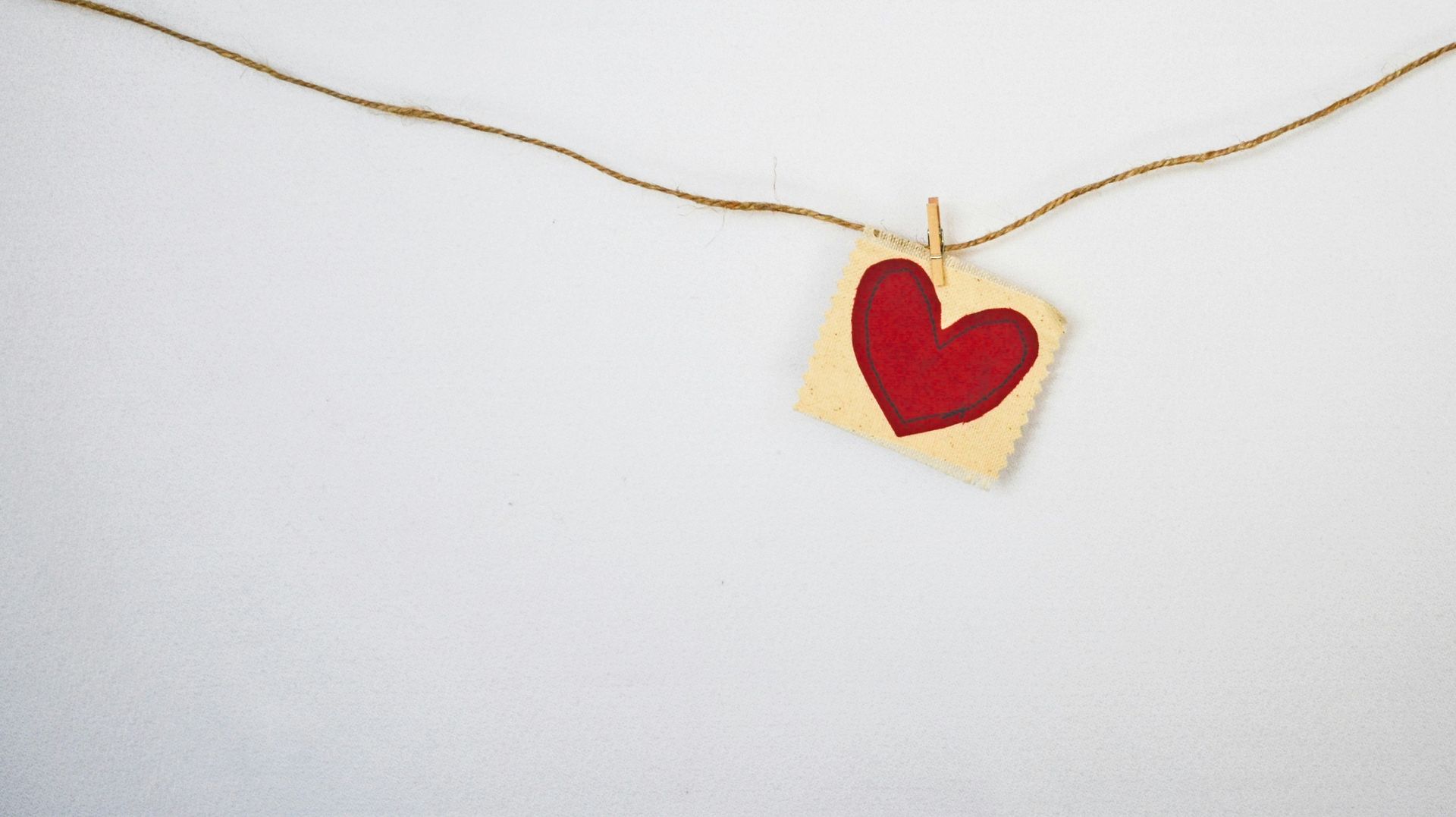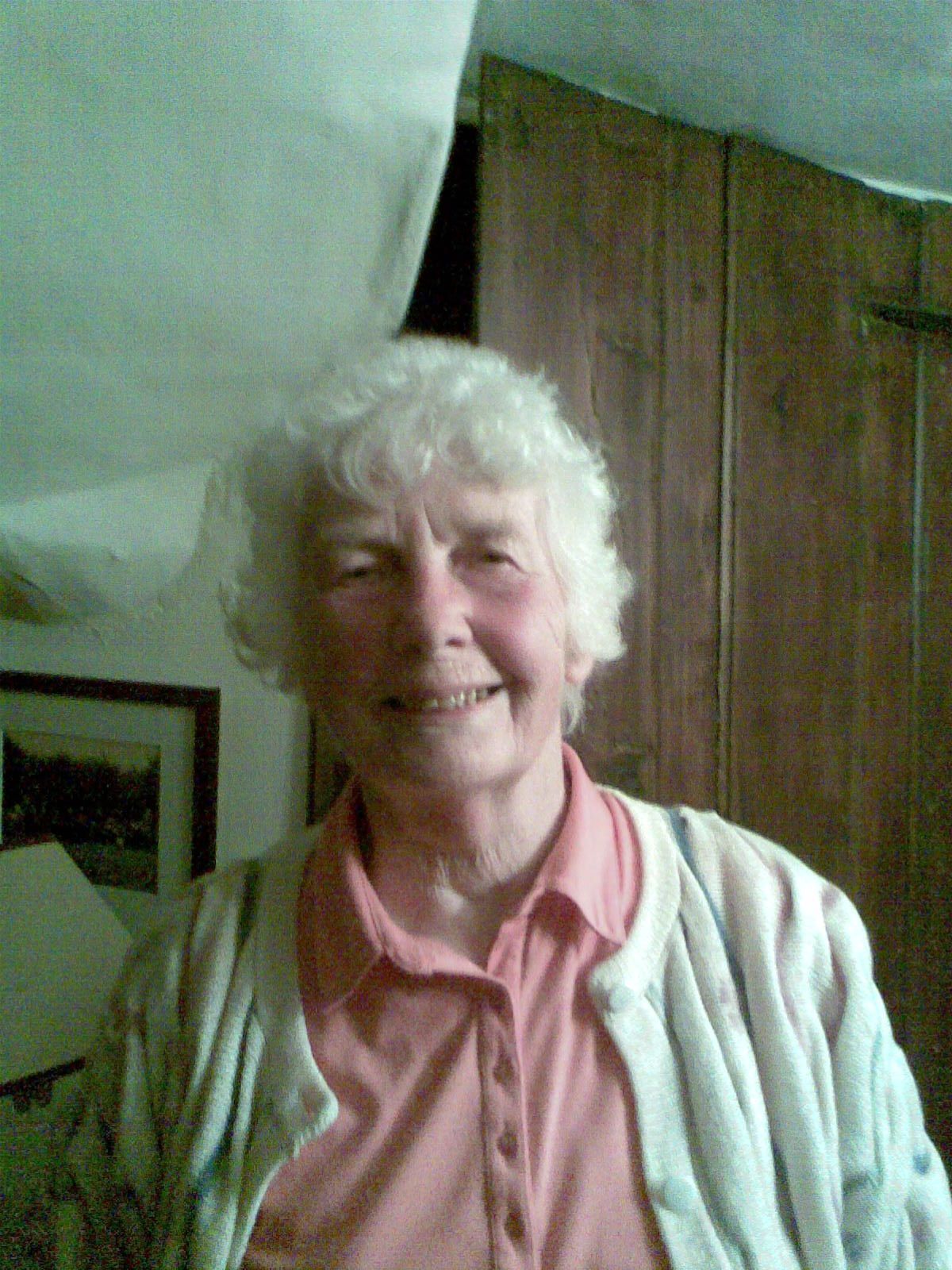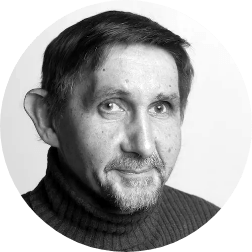In my last piece I looked at this sculpture by Barbara Hepworth. It is one of her many fascinating pieces exploring, for me, the tension between Inner and Outer. In this work the spaces are as important as the solid structure. It is difficult to see whether the spaces define the outer aspects or vice versa. The two are inseparable. Which seems to me to work as a metaphor for good psychotherapy. Freud described the purpose of psychoanalysis as being to make conscious the unconscious. Or to bring to our awareness the relationship between our “gaps” and our physical being. (Our dreams are very good at telling us about our gaps. We may not want to hear what they might be telling us but dreams are notorious for ignoring our conscious attempts at avoiding something important.) To quote Freud again, “The interpretation of dreams is the royal road to a knowledge of the unconscious activities of the mind”. (This is, I think, the first time I’ve properly read his comment about dreams. It is the i nterpretation of the dream that gives an insight into our unconscious life. A dream needs not only to be dreamt but thought about as well. Too often that one word “interpretation” is overlooked, for if psychotherapy is about anything, it is about making meaning. The therapist and the patient working together to find a shared meaning – or interpretation – of the patient’s material. (Hopefully the therapist has already done this work for themselves in their own therapy and analysis.)
So, to return to Hepworth and, by association, TS Eliot. Her sculpture is a mobius strip where beginnings and endings merge. This seems another way of looking at our two worlds – the Inner and the Outer, Conscious and Unconscious. We ignore these links at our peril. (I’m reminded of the plan to separate children from their daemons in Philip Pullman’s novel “His Dark Materials”. The daemons represent their alter ego. Another way of describing their unconscious. To cut ourselves off from our dream world seems to be a similarly cruel and foolish activity. So it might be prudent to learn to move beyond our physical world and pay heed to our inner world. That way, as Eliot tells us “We shall not cease from exploration, and the end of all our exploring will be to arrive where we started and know the place for the first time.” (The Four Quartets)
Don't give up









